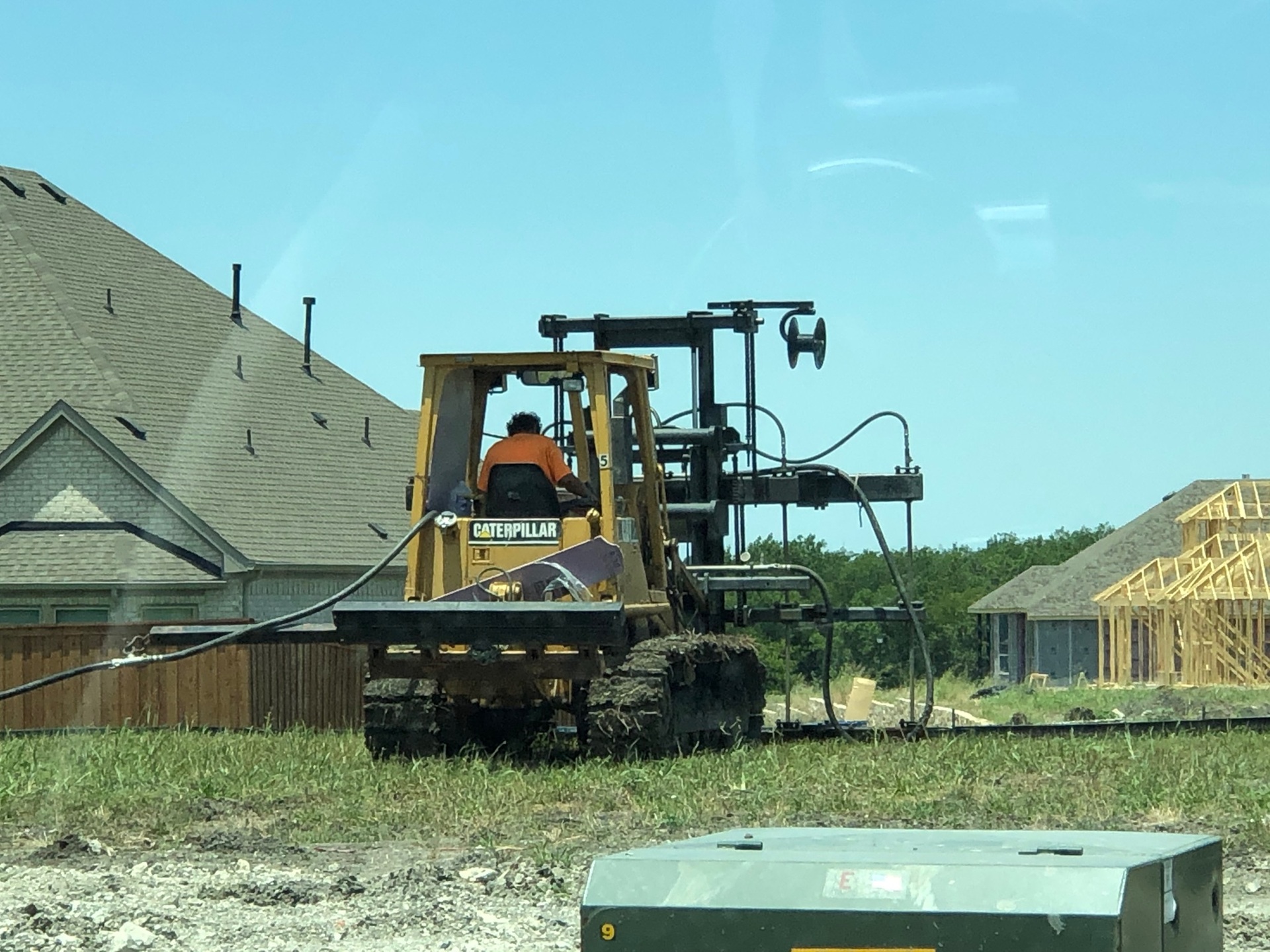The ground beneath our feet may not always draw our attention, but it plays a significant role in how buildings stand tall and stable. Understanding the different types of soil is like comprehending the foundation rules in construction—a necessary step for ensuring safety and durability. Without this knowledge, unforeseen issues can arise, affecting the strength and lifespan of structures.
Soil types vary greatly, and each presents unique challenges and advantages for builders. By delving into the characteristics of common soil types, we can better appreciate their impact on building stability. Clay, silt, and sand all behave differently when supporting structures. Let’s unpack how these soils affect construction projects.
Understanding Different Soil Types
Clay is one of those soils that often catches builders off guard. Known for its fine particles, clay expands and contracts with moisture changes. This means in Texas, where rain patterns can be unpredictable, clay can swell, potentially causing the soil to push against foundation walls. Once the wet season subsides, the clay can shrink, leaving gaps that shift the foundation. The key for construction in clay-heavy areas lies in acknowledging its reactive nature and preparing accordingly.
Silt, another fine-grained soil, behaves differently but still poses its own challenges. It’s less cohesive than clay, which means it doesn’t stick together well. During heavy rain, silt can become slippery, which may lead to instability beneath a structure. Builders sometimes find that silt lends itself to erosion, removing the earth supporting foundations. However, when reinforced properly, silt can support a building if precautions are in place to manage water flow and erosion.
Sand presents a different picture. Larger particles allow water to pass through easily, making it a well-draining option. Builders enjoy using sand because it’s less likely to swell with moisture. However, this same quality means sand doesn’t easily hold together. When building in sandy regions, the challenge is to ensure the soil is well-compacted and stable enough to bear the weight of a structure. Reinforcements may be necessary to keep the foundation secure.
By understanding these soil characteristics, builders can adapt their strategies effectively. Here’s a quick recap of the soils:
– Clay: Expands with moisture, shrinks in dry conditions, impacts foundations.
– Silt: Prone to erosion, less cohesive, slippery when wet.
– Sand: Well-draining, doesn’t swell, requires compaction for stability.
Each soil presents unique considerations, but with the right preparation, they can all serve as reliable foundations.
Implications of Soil Types on Building Stability
Understanding how various soils impact construction is important for preventing future issues. Clay is particularly troublesome. When clay gets wet, it can expand significantly, leading to pressure on foundation walls. This pressure causes cracks, making buildings vulnerable. Dry clay can shrink, which leaves gaps and weakens the foundation. Proper planning with clay involves considering drainage around the site and choosing methods that minimize these movements.
Silt brings its own set of challenges. With its fine grains, silt can get slippery under wet conditions, reducing stability around a building’s base. It erodes more easily than clay or sand, which means foundation support might gradually wash away. Builders often take steps to reinforce silty areas by using barriers or other methods that control erosion. Proper site management can help maintain the integrity of structures built on silt.
Sand offers some benefits but isn’t worry-free. Its ability to drain water quickly is great for preventing flooding, but sand doesn’t hold together as well. Loose sand around a foundation can lead to settling or shifting. Compaction is key when using sand to ensure it supports the structure. Reinforcing sand can enhance stability, ensuring the building remains level and secure over time.
Innovative Solutions for Soil Challenges
Many builders are turning to advanced techniques to address these soil issues. By using special soil stabilization methods, they tackle problems right at the source. Such techniques can be a game-changer in areas prone to soil-induced troubles. For instance, altering the clay’s behavior can greatly reduce the risk of shrinkage and swelling. This is done by injecting solutions that change how the soil interacts with water.
The benefits of such approaches include more stable foundations and the avoidance of costly repairs down the line. Improved soil conditions mean fewer disruptions during construction and greater peace of mind. The approach also avoids the delays and costs of traditional dig-and-replace methods. It’s an efficient way to make sure that buildings stand the test of time in varied soil conditions.
Ensuring Successful Construction Projects
Success in construction doesn’t solely come down to design and materials; understanding the land is equally important. Assessing soil type before starting a project helps builders anticipate challenges and plan accordingly. Conducting thorough tests on the soil’s properties ensures that the foundation design is appropriate for the conditions. Skipping this step can lead to unexpected problems and expenses later.
Professional soil stabilization is another crucial component. Specialists can help navigate the complexities of different soils, offering tailored solutions. For anyone dealing with construction issues due to soil, reaching out to experts is a smart move. They offer insights and techniques that ensure the longevity and safety of structures, addressing the unique needs that each project presents.
Knowing the ground you’re building on makes all the difference. Whether you’re dealing with the unpredictable behavior of clay, the erosion risks of silt, or the drainage strengths of sand, strategic planning and innovative solutions pave the way for structures that endure.
For all your construction projects, ensuring stable and secure foundations is key. Discover how ProChemical Soil Stabilization can help with advanced solutions like soil injection stabilization to improve the strength and consistency of your site conditions. If soil conditions are slowing you down, our injection treatment helps you build sooner—with more confidence.

